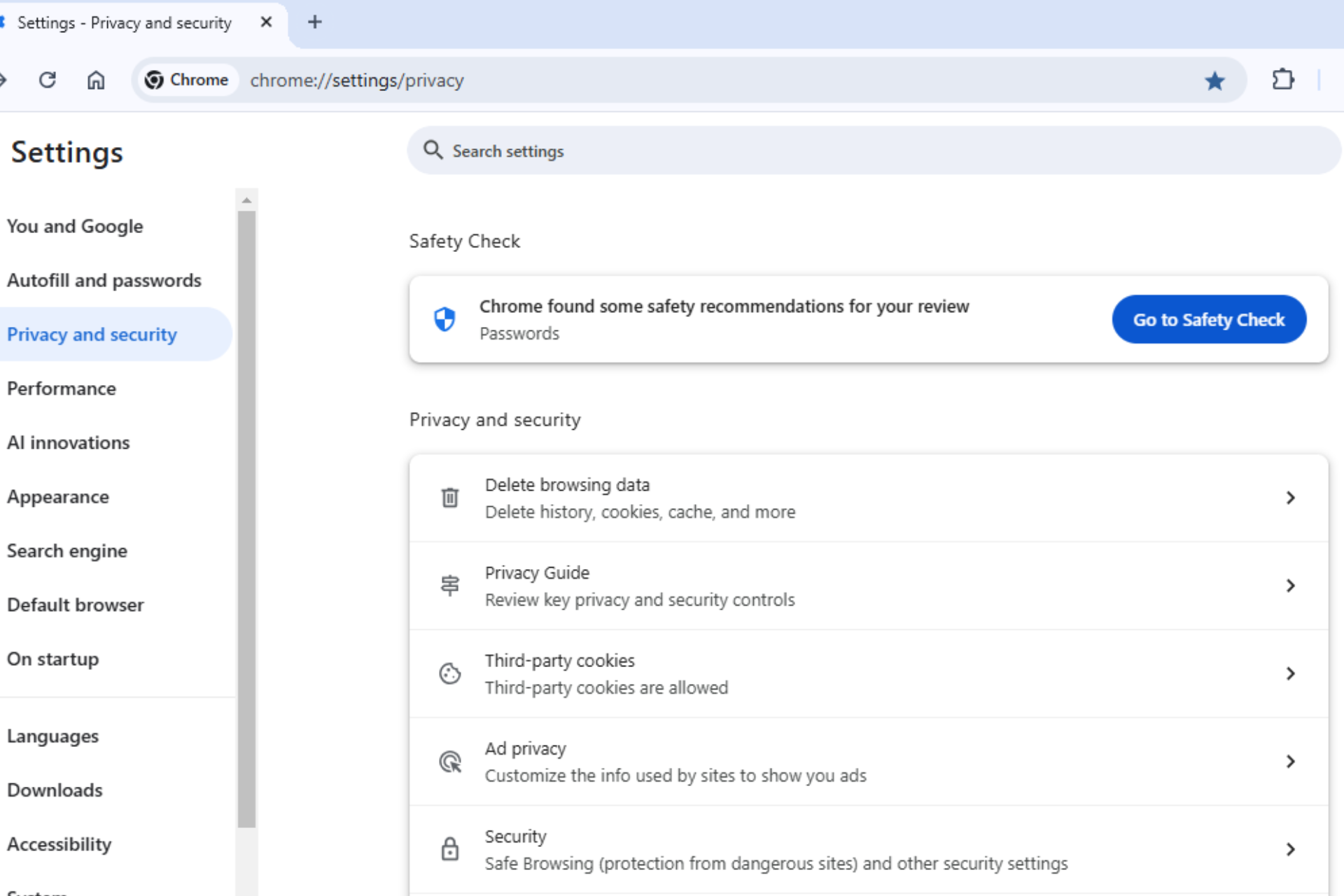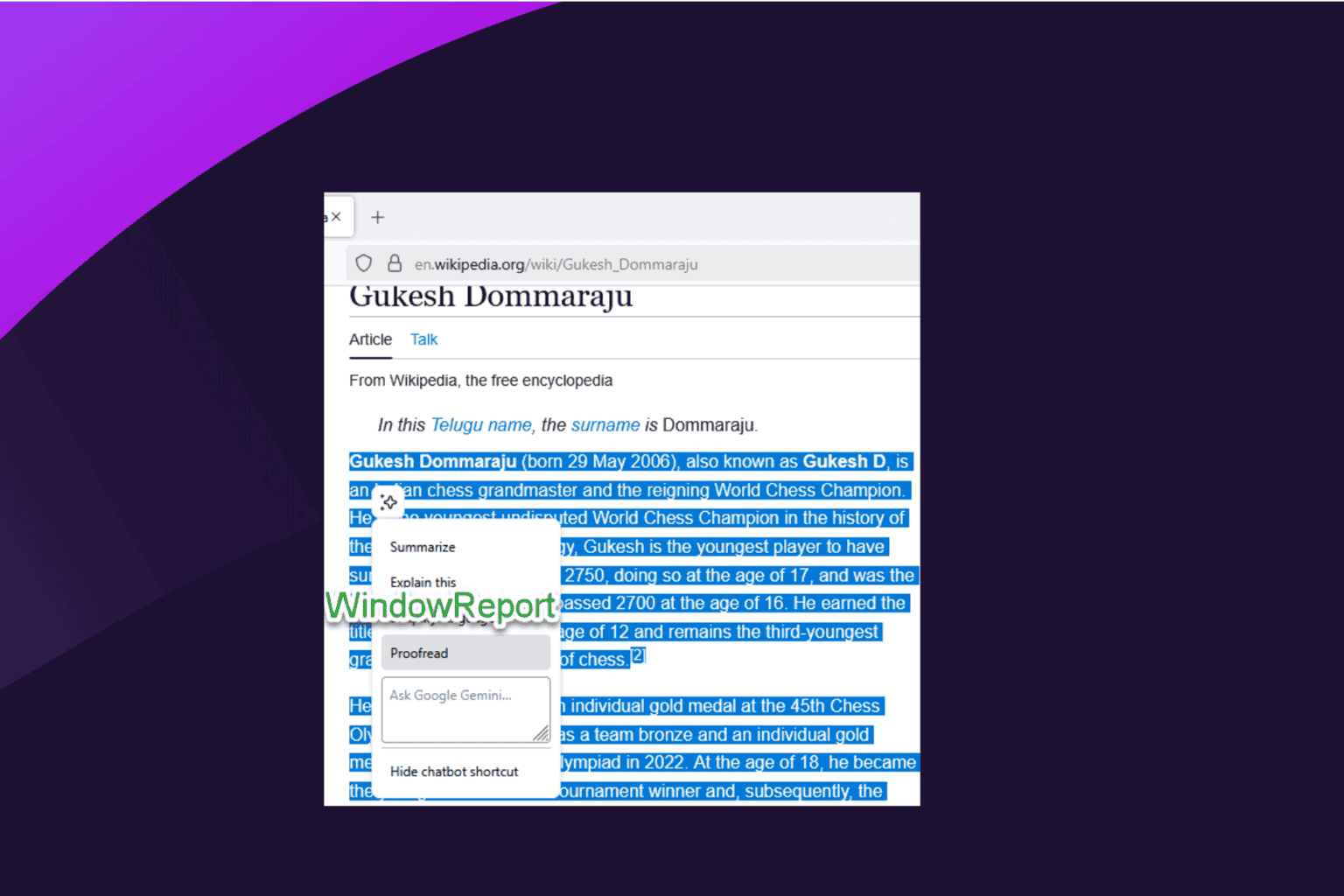Microsoft Edge turns saved passwords into secret code, but there’s a fix
2 min. read
Published on
Read our disclosure page to find out how can you help Windows Report sustain the editorial team. Read more

In a surprising turn of events, Microsoft’s recent bug or update has quietly changed saved passwords in Edge on Windows 11, iOS, and other devices to GUID-like serial key strings. The unexpected change has left the users confused and frustrated, making saved passwords useless for copying and pasting into other apps or websites.
“Hey, did anyone else get it? Edge has changed all my saved passwords to something like a serial key. Is there a way to fix it?” one user posted on Reddit.
For those unfamiliar, Microsoft Edge securely stores and encrypts saved passwords on their servers, syncing them across devices in real time. These passwords are also cached locally within Edge, with only Microsoft having access to read the data in the folder or on the server.
Users can conveniently view these passwords by visiting the passwords page in the profile settings, clicking the eye icon in the list, and passing a security challenge, such as entering a password, PIN, or using facial recognition.
However, this once-simple process has become more complicated. But here’s a fix:
On PC:
- Open Microsoft Edge.
- Go to Settings.
- Select Profiles.
- Toggle on “Passwords” under Sync.
- Trigger a resync to retrieve original passwords.
On iOS or Android:
- Reinstall Microsoft Edge and open the app.
- Click the three-dot menu.
- Go to Settings.
- Select your profile.
- Open the sync page.
- Toggle on “Passwords” under Sync.
- Trigger a resync to restore your passwords.
By following these instructions, you should be able to revert the broken Edge password update and regain access to your original passwords.








User forum
0 messages